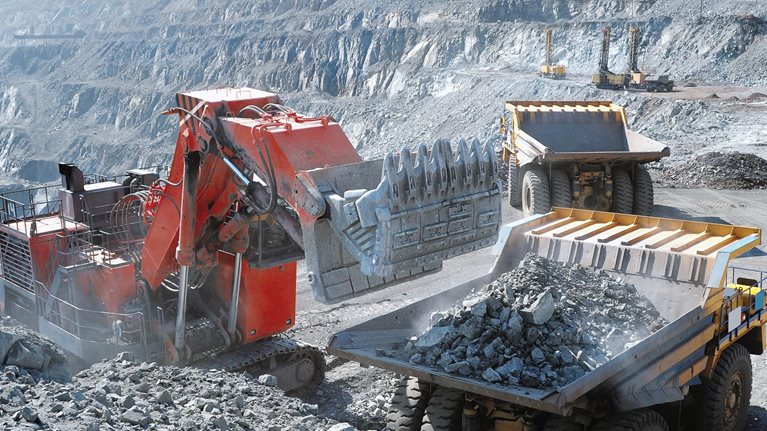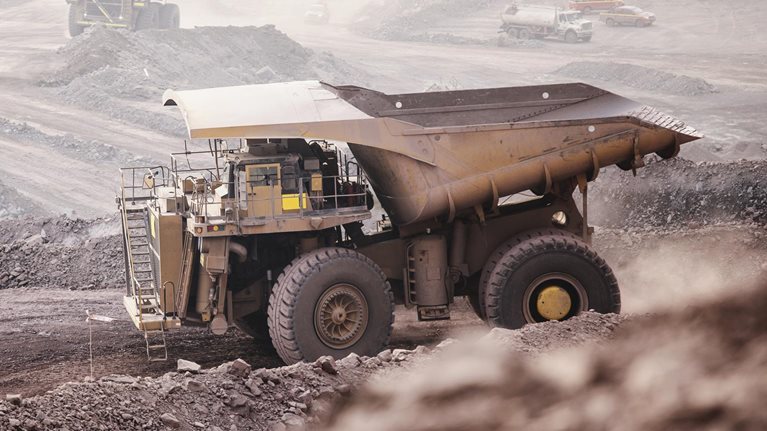Chile produces nearly a quarter of the world’s copper supply, with the majority of production coming from the northern provinces (Exhibit 1). That same region is one of the driest places on the planet. During 2019, Chile experienced its worst drought in decades, with the government having to supply fresh water to almost 400,000 residents. Annually, the mining industry consumes enough water to provide for 75 percent of the needs of Chile’s population.

According to MineSpans analysis, run-of-mine volumes from copper mining in Chile are expected to increase by over 36 percent in the next decade. Processing this lower-grade material will drive an increase in water consumption. Water-usage intensity is therefore expected to be a key factor in determining future profitability of the mining sector, especially in arid areas.
Cochilco estimates that desalination and the use of seawater is likely to grow at a steep 230 percent in the coming decade.
The recent case of the Los Bronces mine, which had to limit throughput by 44 percent due to lack of water, shows that miners using water from continental sources will be at constant risk. According to MineSpans analysis, by 2028, 62 percent of Chilean production is expected to come from mines using desalination (Exhibit 2). The remaining 38 percent are currently planning to use continental water, most of it (68 percent) coming from operations. However, production using ground water (2.2 Mt) could face risks and delays going forward.

Using water from sustainable sources ensures the long-term viability of mining at a cost
Several elements matter here.
Cost

The majority of production in Chile is at high altitude, which requires greater capital expenditure and higher operational cost (Exhibit 3).
Using seawater directly reduces brine disposal requirements and allows for less water treatment. However, transporting seawater over long distances and to high altitudes requires noncorrosive piping (stainless steel, polymer plastics) in both pipeline and plant setup, as well as more energy in transportation due to higher viscosity and density.
The process of desalination has moved beyond high-energy-consumption thermal plants to facilities using membrane technology—reducing waste as well as employing energy recovery. Despite this, increasing desalinated water capacity will trigger a large growth in energy demand for the plants and pumping stations, as well as significant brine discharge back to the sea.
Water recycling
With Chilean mining clustered in a few specific locations, opportunities exist for shared water infrastructure to offer mutual benefit. Synergies between companies can be achieved by sharing infrastructure (pipelines, powerlines), thereby lowering both capital and operating costs. License applications and permissions, if combined by companies, may also decrease the time taken for awarding and hence time to operation. Pooling resources will also allow for better community engagement and allocation of water to those most impacted by scarcity, which can often lower opposition to new mining projects.
The future of water recycling matters
In 2018 the average recycling rate in mineral concentration stood at 75 percent, with the best-performing mines recycling 85 percent of water required to mine and process. Unless recycling rates improve, four more Escondida-sized desalination plants will be required by 2028 (Exhibit 4). However, if the recycling rate reaches 85 percent, desalination requirements will diminish, and doubling the current capacity will allow the entire concentration to run on sustainably sourced water.
As water-saving initiatives become the priority, it is vital to understand the ramifications and to review actions and consequences
These span several areas:
- Legal. Plans for a stricter legal framework anticipate making use of seawater mandatory in large-scale mining projects. Additionally, amendments to the Water Code (Chilean water legislation since 1981) propose to limit use of certain water rights in scarcity scenarios, and also to forbid granting of new water rights in protected areas and glaciers.
- Social. Tensions regarding the use of freshwater sources by the mining industry in areas of scarcity undermine community relations at existing operations and build public resistance toward future projects. As part of corporate-social-responsibility efforts, potable water produced at altitude can be provided to local communities.
- Economic. Seawater is and will continue to be more expensive than continental water—but savings can be realized. Using unprocessed seawater requires special pipelines and plant adjustments. Only choosing to desalinate a fraction of the pumped water at altitude is more cost-efficient than desalinating all the water at the coast.
- Environmental. Desalination brine, pumped directly back into the ocean, creates an environmental risk through disturbing local ecosystems. To reduce their environmental footprint, desalination plants and companies pumping seawater should focus on energy recovery and switching to renewable energy.


